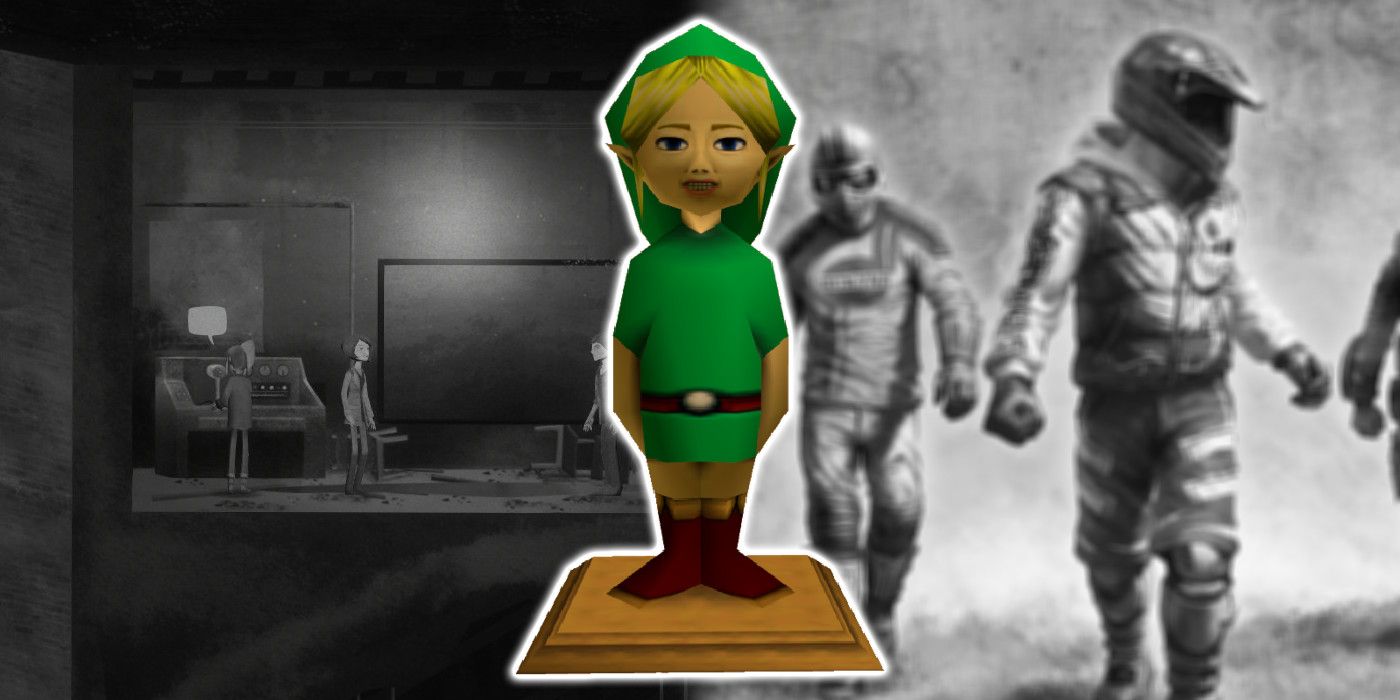
ARGs, or Alternate Reality Games, are a fascinating form of interactive storytelling that often can venture into the world of video games themselves, typically composed of cryptic puzzles where players must follow a series of clues to progress the story, typically utilizing ciphers. ARGs are usually used to promote upcoming films or media, such as when the Nolan trilogy of Batman films created a virtual Gotham city with a series of webpages for players to navigate to kick off the events of the film.
ARGs in video games usually provide more lore on the world of the game or reveal a long-awaited sequel to a beloved game, such as with the Frog Fractions 2 ARG. Other ARGs are run by fans of a game series who use the lore and world of a game to tell a bigger story. Sometimes these ARGs take place in the game itself or require players to dig into the game files for information. These five video game ARGs gave players sprawling mysteries to solve that won't be forgotten any time soon.
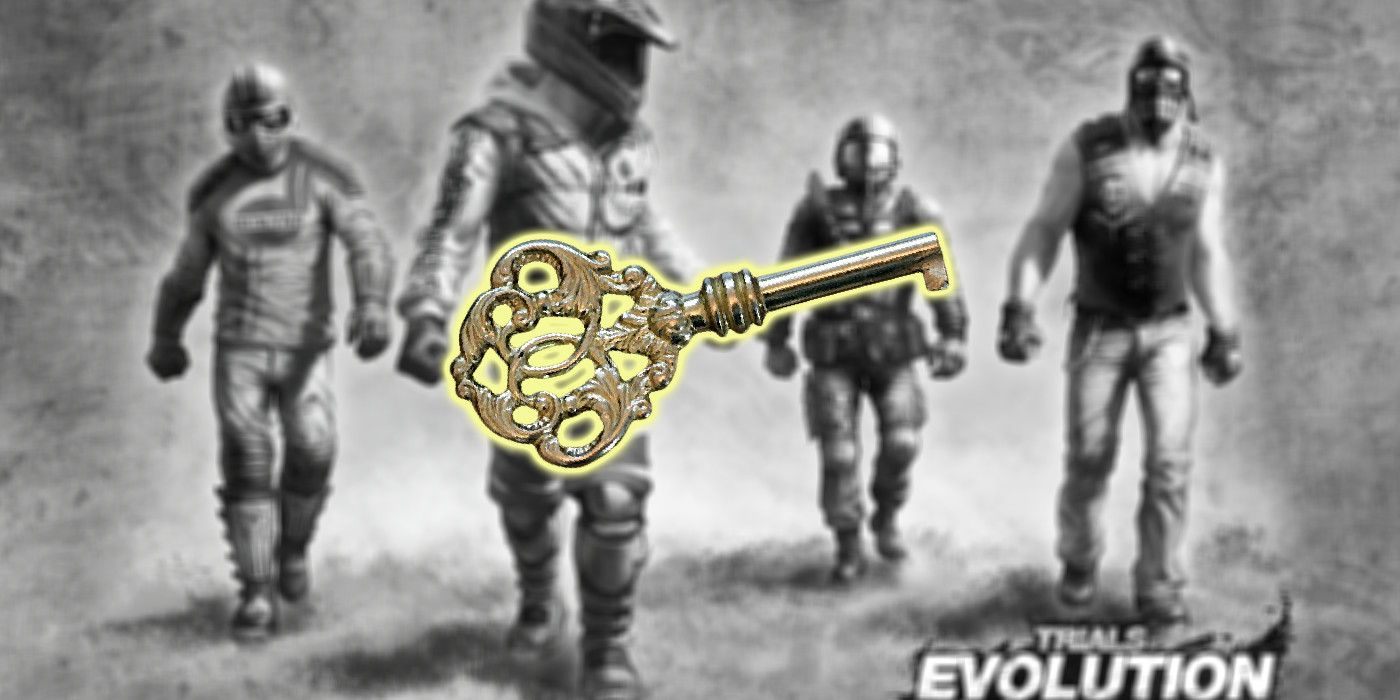
The Trials games are a series of motorcycle-stunt games developed by RedLynx and are known for having some of the craziest and most involved easter eggs of all time. These easter eggs spanned several games, with players eventually uncovering an underlining ARG that involved incorporating elements across the Trials series. Eventually, players discovered that a secret package would be delivered to the Eiffel Tower that can be unlocked...in 2113.
This ARG saw its conclusion in Trials Evolution when players dug through a series of glyphs, spectrograms and real-world treasure hunting. A series of keys were found around the world, buried in small chests containing metal plaques with a message. These messages varied, but the final one would reveal that one of the keys players discovered would be able to unlock a box that could be found under the Eiffel Tower in the year 2113, leaving many hunters with heirlooms from a video game treasure hunt to pass down for the next few generations.
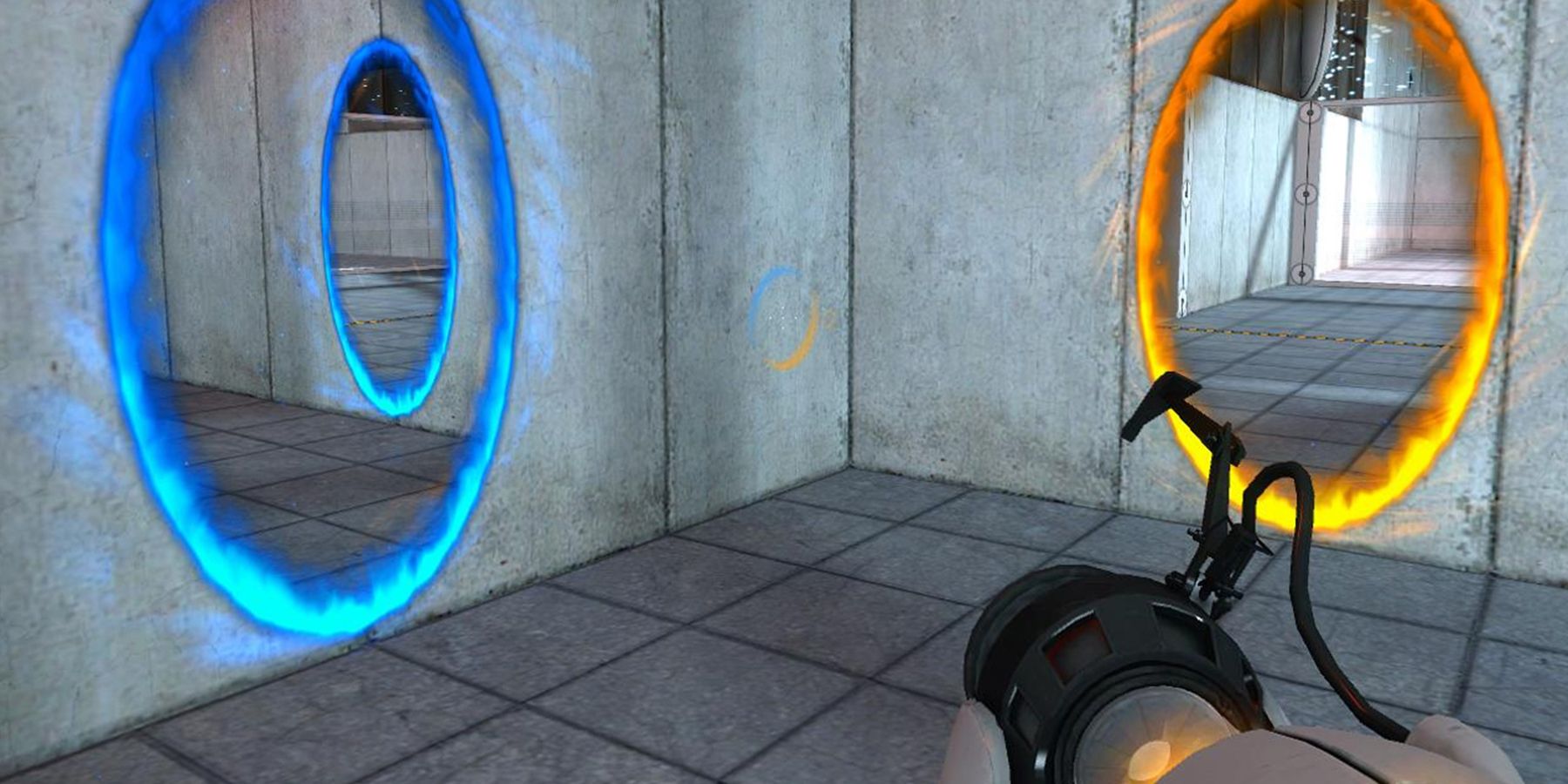
The Portal ARG would start when players noticed an odd update to the original Portal. This update added a new achievement that hinted at a secret radio transmission located in the game. Players who took the radio from Chell's starting cell throughout the game could eventually find twenty-six different secret radio transmissions, with each one located in a different part of the game. These radio transmission could be turned into images, showcasing what many though was teaser images for Portal 2.
Some of the teaser images featured odd photos of dinosaurs that also contained hidden numbers. These hidden numbers would lead players to a bulletin board system that provided even more concept images for Portal 2. After players dug out more images and raised more questions about Aperture Science, the ARG would come to an abrupt end with the announcement of Portal 2 at E3 2010.
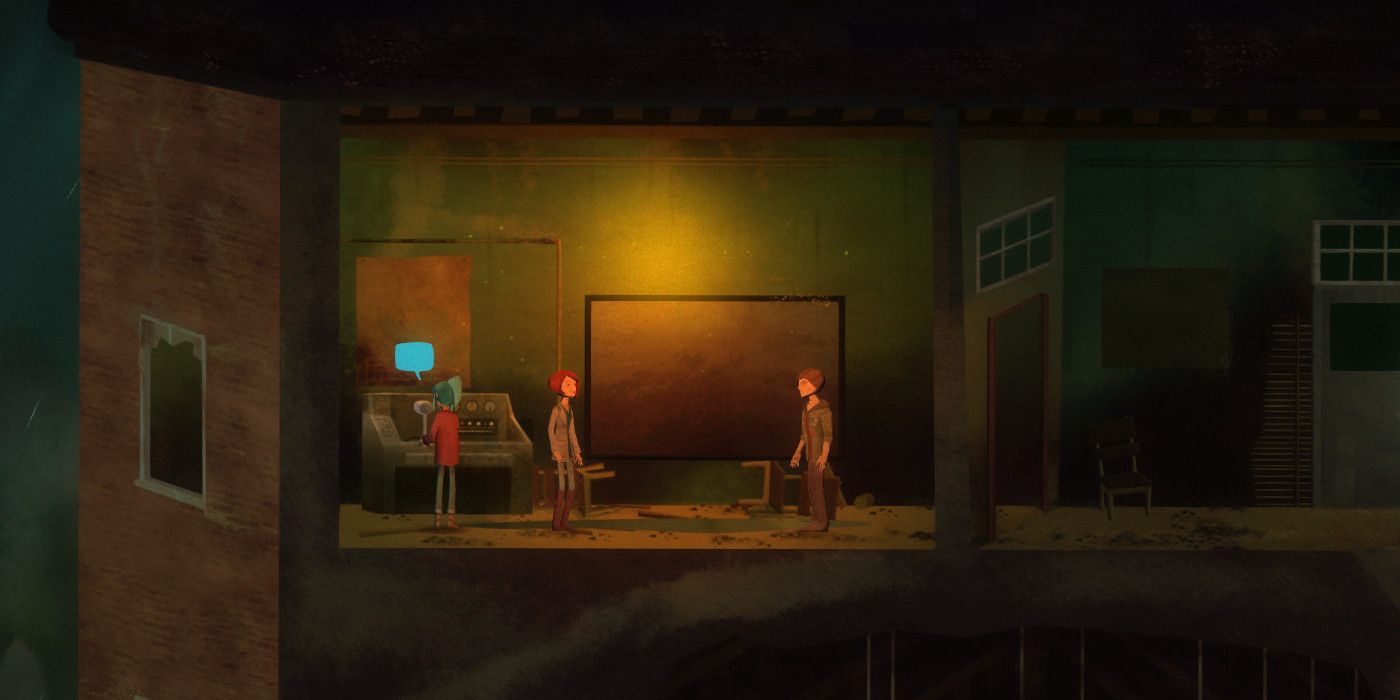
Oxenfree's ARG, much like Portal's, would begin with players discovering hidden radio frequencies when using the game's puzzle-solving radio. These frequencies would unlock anomalies, a collectible in Oxenfree, that had call-signs that could be rearranged into a real-world phone number with a working voicemail.
Players eventually discovered their voicemails were being transcribed and posted onto a hidden Twitter account, and they needed to try and send a character from the game to Edwards Island to locate a mysterious "object." The object was eventually acquired and revealed to be a small music box that played two songs from Oxenfree's soundtrack, though this ARG was much more about the journey than the reward.
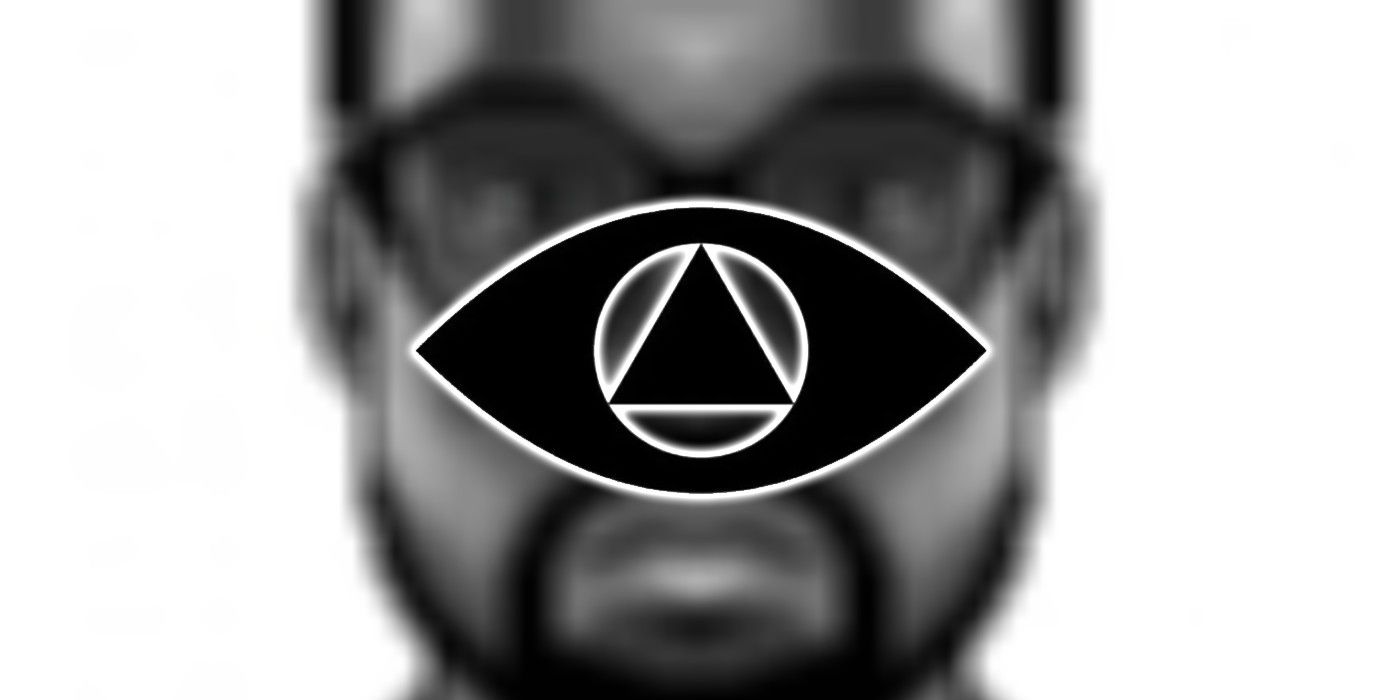
No ARG has ever been quite as mysterious as the one found within the RPG Maker game Kanye Quest 3030. Kanye Quest involves players taking control of the titular rapper in a quest to free the future from evil clones of other rappers through turn-based battles. The game's light-hearted and comedic tone made the existence of a possible hidden cult recruitment program all the more unnerving.
This ARG began when a Pastebin was discovered that detailed how a supposed player discovered a hidden level by telling a random NPC that they wished to "ascend." After completing more tasks and being asked if they wanted to "ascend further," the user was asked for their address. The next part of "ascension" involved a group known as The Ascenstionists interacting with the player in real life. Given that no known version of Kanye Quest could actually connect to the internet to send this information, the ARG stops cold here.
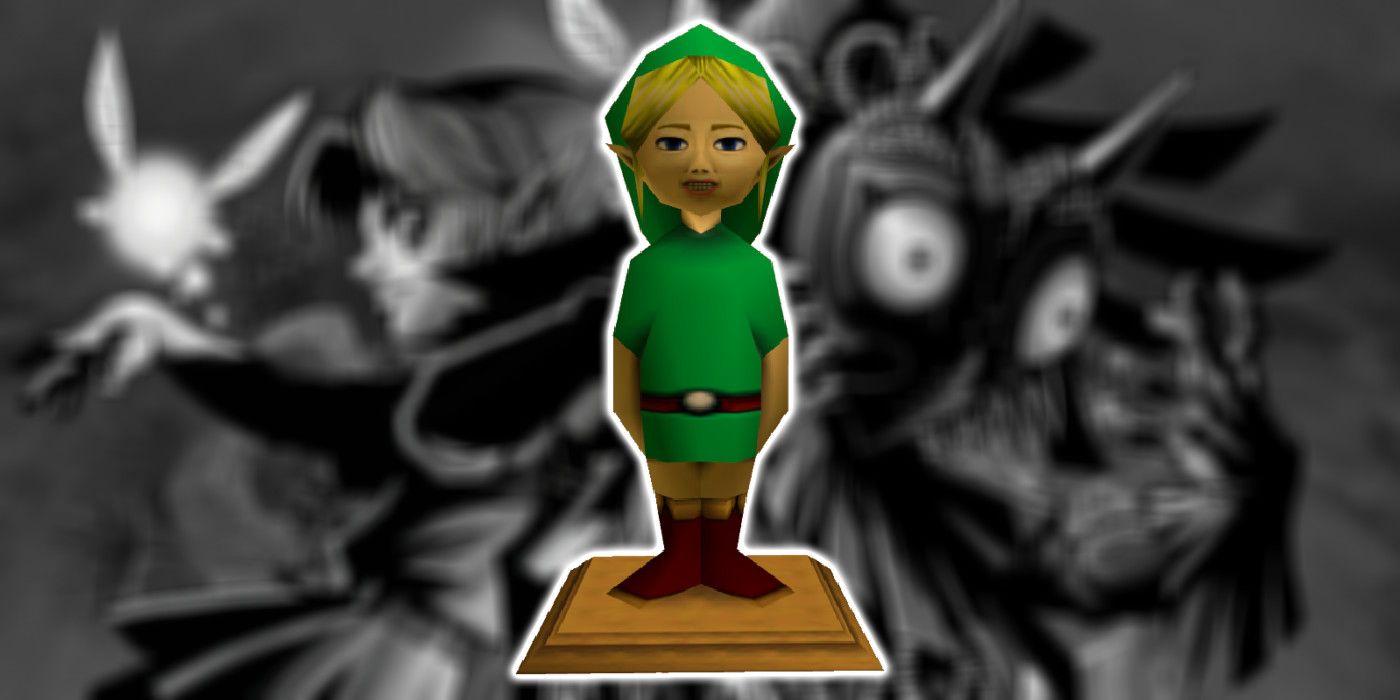
Many are probably familiar with "Ben Drowned," the internet creepypasta involving a haunted version of The Legend of Zelda: Majora's Mask. What many don't know is that the original creepypasta was only the first act in what would become a multi-part ARG. The author, Alexander D. Hall, constructed a narrative that took players through several different narrative arcs where they learned of a fictional cult known as the Moon Children and used clips of ocarina songs being played in Majora's Mask to influence the game's progression.
"Ben Drowned" is an example of a video game ARG that was run by a fan of Majora's Mask, utilizing the mechanics and lore of the game to tell a story that shared themes with Majora's Mask. "Ben Drowned" managed to stand on its own as well, in part due to how the ARG slowly moved away from the medium of video games in its later acts. This ARG stands as a testament to the quality of stories that can be told through ARGs.
0 Comments